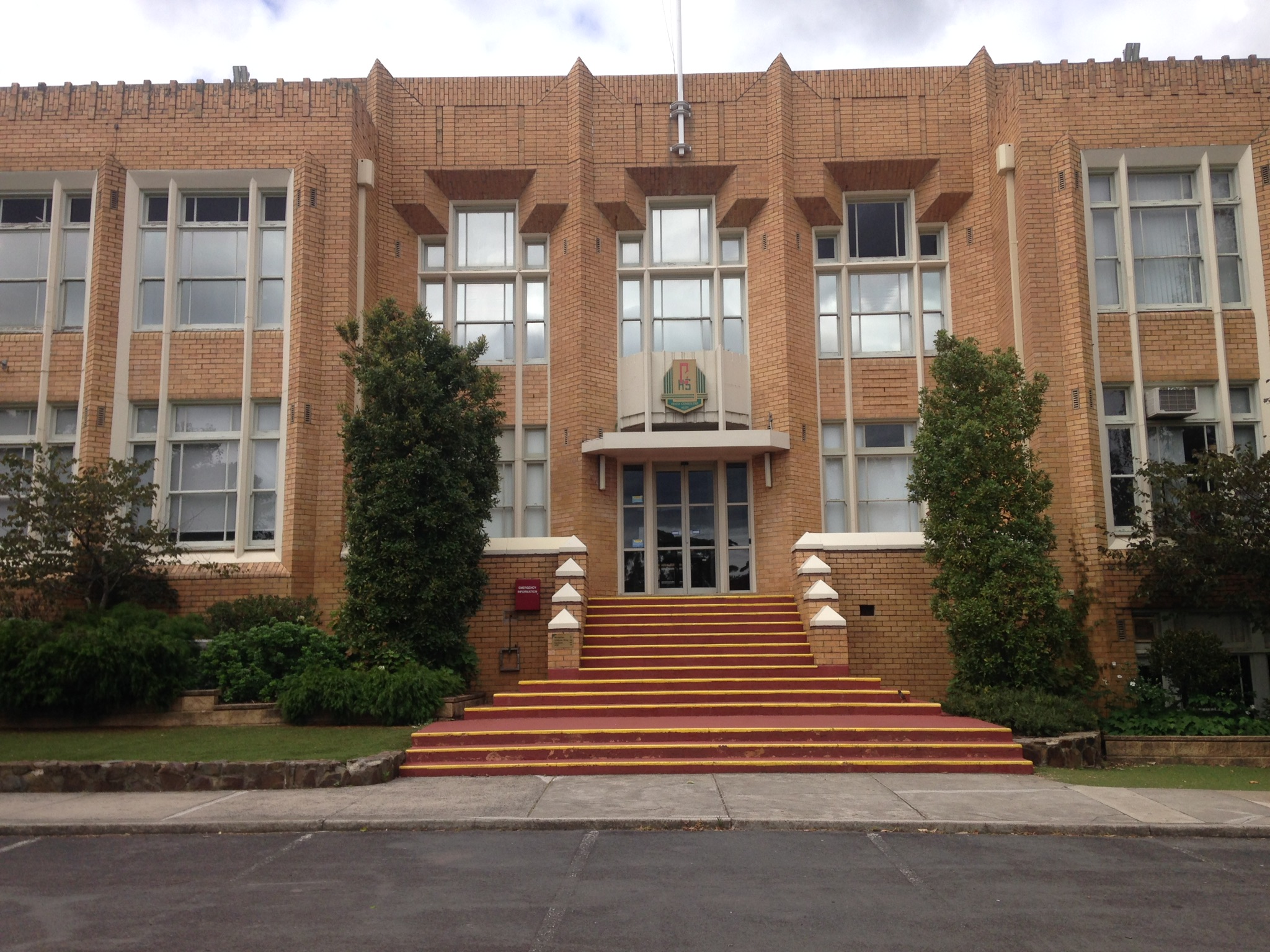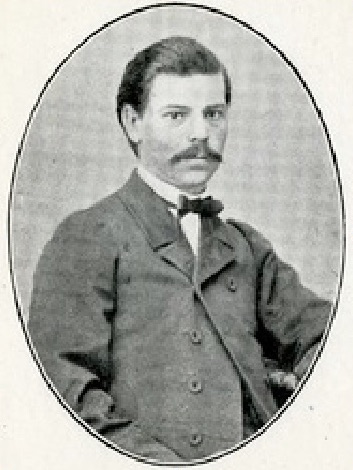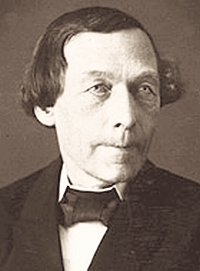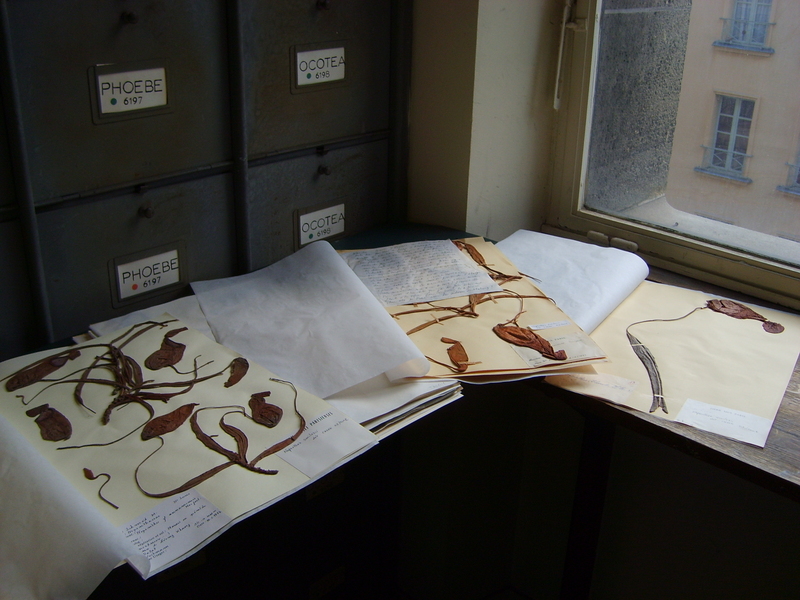|
Rainar Hakulinen
Rainar Alarik Hakulinen (9 October 1918 – 29 December 1991) was a Finnish lichenologist and schoolteacher. He was noted as an expert on the lichen family Candelariaceae, and was known for his numerous phytogeographical publications about the boreal and arctic lichens of Finland, Northern Norway, and Russian Karelia. Biography Hakulinen was born in on 9 October 1918. At the time, this area was part of Finland, but is now in the Republic of Karelia, a part of Russia. Hakulinen served in the Finnish Army in its war against Russia in 1941–1944, spending a lot of his time there on the frontier at the Svir River. He spent several months in military hospitals to heal his wounds. In his school years, Hakulinen knew the lichenologist Veli Räsänen, who encouraged his early interest in lichens. Räsäsen had lived in the area for years and had studied its lichen flora quite thoroughly; Hakulinen accompanied him on field trips. Hakulinen maintained his interest after entering the ... [...More Info...] [...Related Items...] OR: [Wikipedia] [Google] [Baidu] |
Secondary School
A secondary school describes an institution that provides secondary education and also usually includes the building where this takes place. Some secondary schools provide both '' lower secondary education'' (ages 11 to 14) and ''upper secondary education'' (ages 14 to 18), i.e., both levels 2 and 3 of the ISCED scale, but these can also be provided in separate schools. In the US, the secondary education system has separate middle schools and high schools. In the UK, most state schools and privately-funded schools accommodate pupils between the ages of 11–16 or 11–18; some UK private schools, i.e. public schools, admit pupils between the ages of 13 and 18. Secondary schools follow on from primary schools and prepare for vocational or tertiary education. Attendance is usually compulsory for students until age 16. The organisations, buildings, and terminology are more or less unique in each country. Levels of education In the ISCED 2011 education scale levels 2 and ... [...More Info...] [...Related Items...] OR: [Wikipedia] [Google] [Baidu] |
1918 Births
This year is noted for the end of the First World War, on the eleventh hour of the eleventh day of the eleventh month, as well as for the Spanish flu pandemic that killed 50–100 million people worldwide. Events Below, the events of World War I have the "WWI" prefix. January * January – 1918 flu pandemic: The "Spanish flu" (influenza) is first observed in Haskell County, Kansas. * January 4 – The Finnish Declaration of Independence is recognized by Soviet Russia, Sweden, Germany and France. * January 9 – Battle of Bear Valley: U.S. troops engage Yaqui Native American warriors in a minor skirmish in Arizona, and one of the last battles of the American Indian Wars between the United States and Native Americans. * January 15 ** The keel of is laid in Britain, the first purpose-designed aircraft carrier to be laid down. ** The Red Army (The Workers and Peasants Red Army) is formed in the Russian SFSR and Soviet Union. * January 18 - The Historic Concert for ... [...More Info...] [...Related Items...] OR: [Wikipedia] [Google] [Baidu] |
:Category:Taxa Named By Rainar Hakulinen
Taxa named by Rainar Hakulinen Rainar Alarik Hakulinen (9 October 1918 – 29 December 1991) was a Finnish lichenologist and schoolteacher. He was noted as an expert on the lichen family Candelariaceae, and was known for his numerous phytogeographical publications about the ... (1918–December 1991), a 20th-century Finnish lichenologist. {{CatAutoTOC Hakulinen ... [...More Info...] [...Related Items...] OR: [Wikipedia] [Google] [Baidu] |
Candelariella Hakulinenii
''Candelariella'' is a genus of bright yellow, ocher, or greenish yellow crustose or squamulose lichens in the family Candelariaceae. Members of the genus are commonly called eggyolk lichens, goldspeck lichens, or yolk lichens. The genus was circumscribed in 1894 by Swiss lichenologist Johannes Müller Argoviensis, with '' Candelariella vitellina'' assigned as the type species. Characteristics The key feature of ''Candelariella'' species are the distinct yellow apothecia. Although all species are very small, even the smallest can be identified by the lemon-yellow to orange-yellow discs. Most species have a yellow thallus, although '' Candelariella antennaria'' is one example with a grey thallus. Some species are pycnidiate. This genus will generally have all spot tests emerge as negative, although K tests may have an orange or reddish colour on some species' apothecia. Spore count between species varies from 8 to 32 simply or thinly septate spores. Spores often hold one to t ... [...More Info...] [...Related Items...] OR: [Wikipedia] [Google] [Baidu] |
Edvard August Vainio
Edvard August Vainio (born Edvard Lang; 5 August 185314 May 1929) was a Finnish lichenologist. His early works on the lichens of Lapland, his three-volume monograph on the lichen genus ''Cladonia'', and, in particular, his study of the classification and form and structure of lichens in Brazil, made Vainio renowned internationally in the field of lichenology. Young Vainio's friendship with university student Johan Petter Norrlin, who was nearly eleven years older, helped him develop an impressive knowledge of the local cryptogams (ferns, mosses, algae, and fungi, including lichens) and afforded him ample opportunity to hone his collection and identification techniques at an early age. It was through this association that Vainio met Norrlin's teacher, the prominent lichenologist William Nylander, who supported his early botanical efforts. Vainio's earliest works dealt with phytogeography—elucidating and enumerating the local flora—and are considered the earliest publicatio ... [...More Info...] [...Related Items...] OR: [Wikipedia] [Google] [Baidu] |
William Nylander (botanist)
William (Wilhem) Nylander (3 January 1822 – 29 March 1899) was a Finnish botanist and entomologist. Nylander was born in Oulu, and taught at the University of Helsinki before moving to Paris, where he lived until his death in 1899. Nylander studied medicine, receiving a degree in 1847. Nylander pioneered the technique of determining the taxonomy of lichens by the use of chemical reagents, such as potassium hydroxide, tinctures of iodine and calcium hypochlorite, still used by lichenologists as the K and C tests. Nylander was the first to realise the effect of atmospheric pollution on the growth of lichens, an important discovery that paved the way for the use of lichens to detect pollution and determine the cleanness of air. His brother Fredrik Nylander Fredrik Nylander (9 September 1820 – 29 September 1880) was a Finnish physician and botanist who was among the first to study the plants of Finland, describing about eleven new species. Nylander was born in O ... [...More Info...] [...Related Items...] OR: [Wikipedia] [Google] [Baidu] |
Teuvo Ahti
Teuvo ("Ted") Tapio Ahti (born 1934) is a Finnish botanist and lichenologist. He has had a long career at the University of Helsinki that started in 1963, and then following his retirement in 1997, at the Botanical Museum of the Finnish Museum of Natural History. Known as a specialist of the lichen family Cladoniaceae, Ahti has published more than 280 scientific publications. A ''Festschrift'' was dedicated to him in 1994, and in 2000 he was awarded the prestigious Acharius Medal for lifetime contributions to lichenology. Education and career Ahti started developing an interest in botany at the age of 15, when he worked on a class project involving collecting 100 species of plants. His attention turned to lichens when a classmate who had worked for Veli Räsänen pointed them out during a birdwatching excursion in Helsinki. His interest was further fuelled when a couple of years later, he had to pass a test on identification of forest floor lichens and bryophytes as part of ... [...More Info...] [...Related Items...] OR: [Wikipedia] [Google] [Baidu] |
University Of Oulu
The University of Oulu ( fi, Oulun yliopisto) is one of the largest universities in Finland, located in the city of Oulu. It was founded on July 8, 1958. The university has around 13,000 students and 2,900 staff. 21 International Master's Programmes are offered at the university. The university is often ranked as one of the better universities in Finland and in the top-400 worldwide. History * 1919 Oulu College Association was founded to manage the establishment of a university in the town * 1958 Oulu University Act * 1959 Activities begin. Faculty of Philosophy (programs in biology and mathematics), Faculty of Technology (architecture, civil and industrial engineering) and Oulu Teaching School * 1960 Faculty of Medicine * 1965 Teaching begins in humanities * 1965 Departments of Electrical Engineering and Machine Engineering added to the Faculty of Technology * 1972 The Faculty of Humanities and the Faculty of Natural Sciences founded with the division of the Faculty of P ... [...More Info...] [...Related Items...] OR: [Wikipedia] [Google] [Baidu] |
University Of Turku
sv, Åbo universitet , latin_name = Universitas Aboensis , image_name = University of Turku.svg , motto = ''Vapaan kansan lahja vapaalle tieteelle'' , established = 1920 , type = Public University , endowment = , administrative_staff = 3,412 , rector = Jukka Kola , students = 20,768 , undergrad = 8,247 , postgrad = 6,244 , doctoral = 1,984 , city = Turku , country = Finland , campus = Urban , free_label = , free = , colors = , colours = , mascot = , affiliations = Coimbra Group, UArctic , website Official Website (in English) , motto_lang = fin , mottoeng = The gift of a free nation to free science ... [...More Info...] [...Related Items...] OR: [Wikipedia] [Google] [Baidu] |
Herbarium
A herbarium (plural: herbaria) is a collection of preserved plant specimens and associated data used for scientific study. The specimens may be whole plants or plant parts; these will usually be in dried form mounted on a sheet of paper (called '' exsiccatum'', plur. ''exsiccata'') but, depending upon the material, may also be stored in boxes or kept in alcohol or other preservative. The specimens in a herbarium are often used as reference material in describing plant taxa; some specimens may be types, some may be specimens distributed in series called exsiccatae. The same term is often used in mycology to describe an equivalent collection of preserved fungi, otherwise known as a fungarium. A xylarium is a herbarium specialising in specimens of wood. The term hortorium (as in the Liberty Hyde Bailey Hortorium) has occasionally been applied to a herbarium specialising in preserving material of horticultural origin. History The making of herbaria is an ancient phenome ... [...More Info...] [...Related Items...] OR: [Wikipedia] [Google] [Baidu] |
Exsiccata
Exsiccata (Latin, ''gen.'' -ae, ''plur.'' -ae) is a work with "published, uniform, numbered set of preserved specimens distributed with printed labels". Typically, exsiccatae refer to numbered collections of dried herbarium specimens respectively preserved biological samples published in several duplicate sets with a common theme/ title like ''Lichenes Helvetici'' (see figure). Exsiccatae are regarded as scientific contributions of the editor(s) with characteristics from the library world (published booklets of scientific literature, with authors/ editors, titles, often published as serials in formats with fascicles) and features from the herbarium world (uniform and numbered collections of duplicate herbarium specimens). Exsiccatae works represent a special method of scholarly communication. The text in the printed matters/published booklets is basically a list of labels (schedae) with informations on each single numbered exsiccatal unit. Extensions of the concept occur. There ... [...More Info...] [...Related Items...] OR: [Wikipedia] [Google] [Baidu] |






